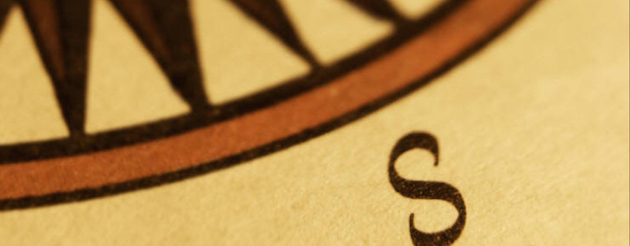

![]() There have been a few points during the last week when I’ve found myself sat with my head in my hands, but apparently this is an unhelpful cliché.
There have been a few points during the last week when I’ve found myself sat with my head in my hands, but apparently this is an unhelpful cliché.
The otherwise excellent Time To Change campaign which aims to remove the stigma from mental health issues, came out the other week asking the media (which of course now includes us) to stop using stock photos of people sat with their head in their hands to illustrate stories about mental health.
They are right on one level, but I’m not sure they are tackling the most important target. In the media’s defence, not a phrase you’ll hear often from me, the stock image is a sympathetic one. Most people can relate to it as everyone has moments when the world seems to be against you and you metaphorically or actually sit down and put your head in your hands. The problem is that simplifies mental illness, which can be many and varied, but I think I’m right in saying that depression and anxiety are the most common forms. They certainly are in my family.
The issue reminds me of the debate over what we call people who are not ‘white’. The Victorian colonists referred to the black man, they generally ignored women. In the first half of the twentieth century ‘coloured’ was thought to be a more polite term. Then we had the civil rights movements and people taking back the word black on their own terms: Black Power, the Black Panthers, Black is Beautiful etc.
I had two friends in the 1970s, both British born, one was of Chinese descent, the other was ‘mixed race’ (a hateful term). Both considered themselves Black and that was good enough for me. The issue of racism was very much to the fore with the National Front on the streets and Love Thy Neighbour on the TV. My friends adopted the approach that if you weren’t ‘white’ then you were Black and you needed to stand together.
In the 1980s and 1990s the anti racist movement turned in on itself and got hung up on words. One week it was ethnic minorities, the next it was minority ethnic, then people of colour. BME (Black and Minority Ethnic) became BAME (Black, Asian and Minority Ethnic). My problem with all this is that it focusses on the names used, not what people were saying and thinking.
The anti racist movement made great progress. You don’t hear the same level of casual racism today. Everyone knows it’s not OK to use the N word or the P word and no one wants to be called a racist. Good. But people still talk about ‘them’ and ‘ethnics’.
There is another old term you don’t hear these days, prejudice. I think it’s a particularly useful term. My Other Half will tell you it’s from the Latin, I will tell you it means to pre-judge.
This gets to the heart of the issue. Don’t judge a book by the cover. It doesn’t matter if you call someone a P***, an ethnic or BAME if you then expect them to conform to some stereotype in your head.
The same is true of people with mental illnesses. We are not all the same, we are individuals with different symptoms, different triggers and different coping strategies. We are much more dangerous to ourselves than to others. Mostly what we need is someone to talk to.
I’m more interested in what is being said in the article than what picture illustrates it. For example, too much of the coverage of the tragic Germanwings air crash focussed on whether co-pilot Andreas Lubitz was depressed and whether people with depression should be allowed to fly. The cacophony‘s most likely outcome was to scare people suffering from coming forward for help.
Few looked up the statistics on the suicide rates for men under 30, which Lubitz was. They are truly frightening, fuelled by fear of asking for help. It seems it’s OK for women to ask for help, but men are still expected to be strong. We need to change that and help find everyone someone to talk to.
So yes, please use other pictures, but more importantly please think about what you are saying.
I’ll be back next week with more of my views from South of the River. If you’re on Twitter, you can follow me: @BeestonJeremy.


